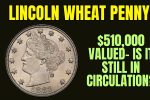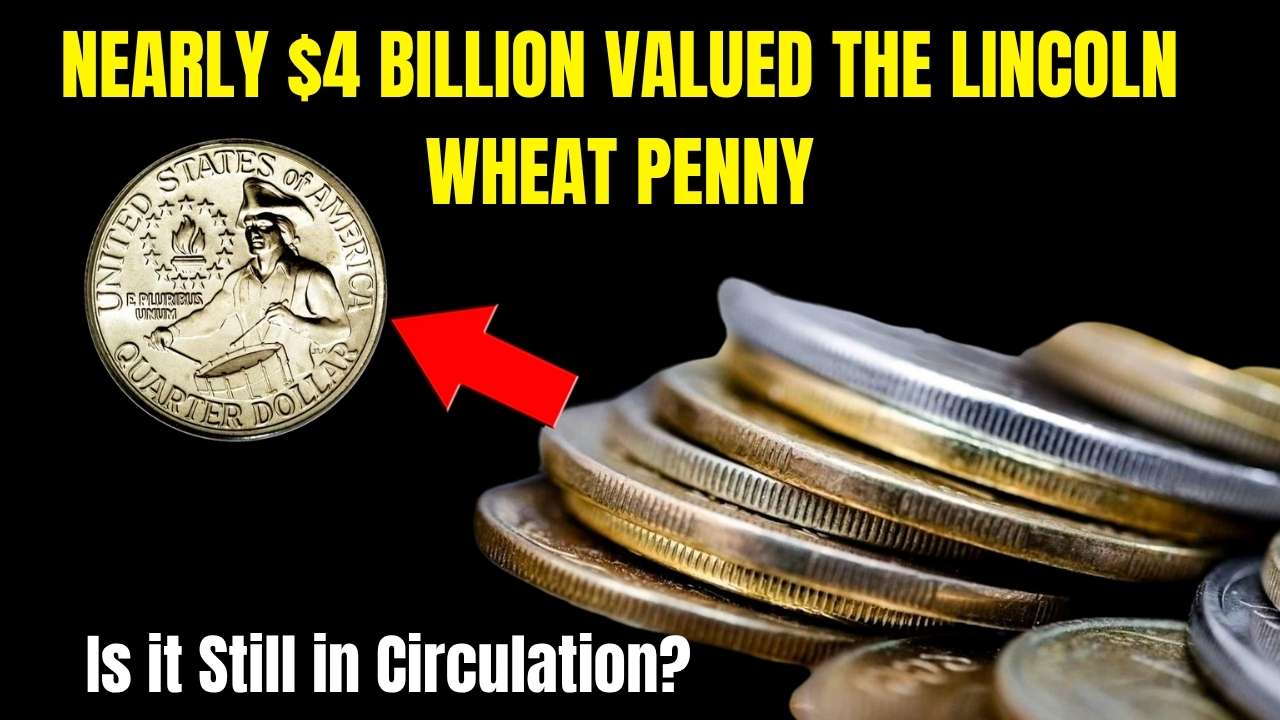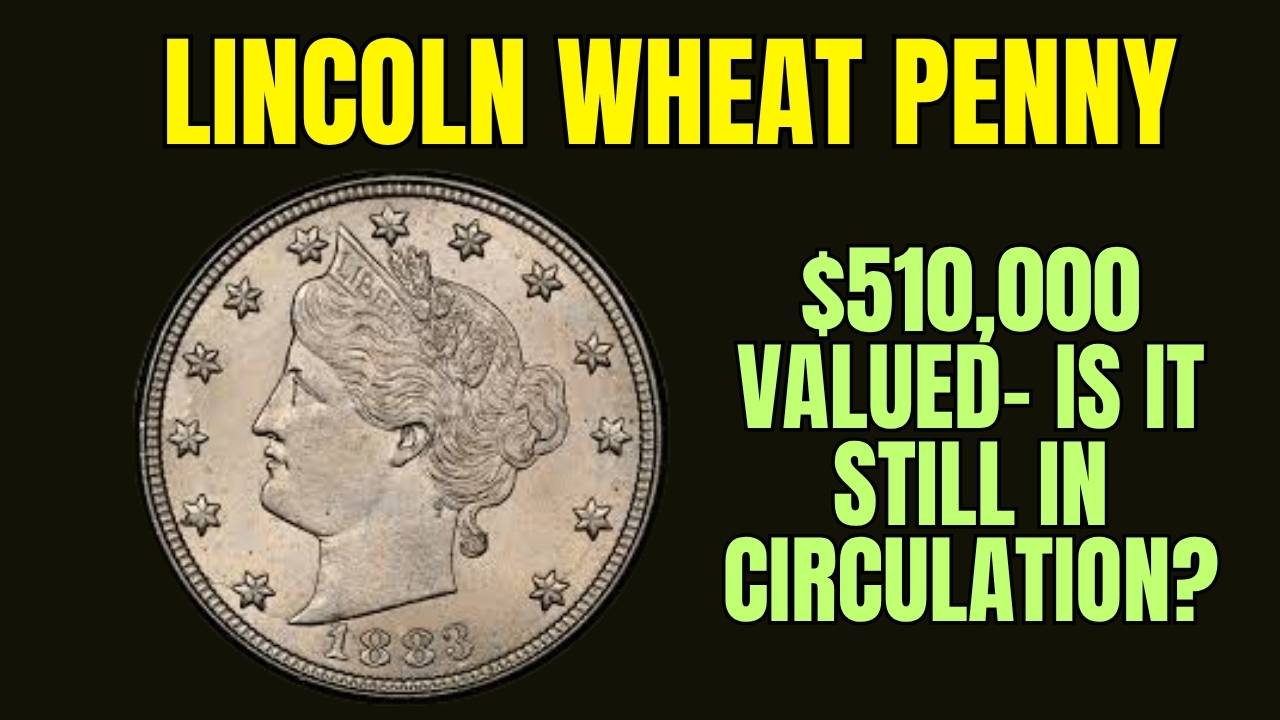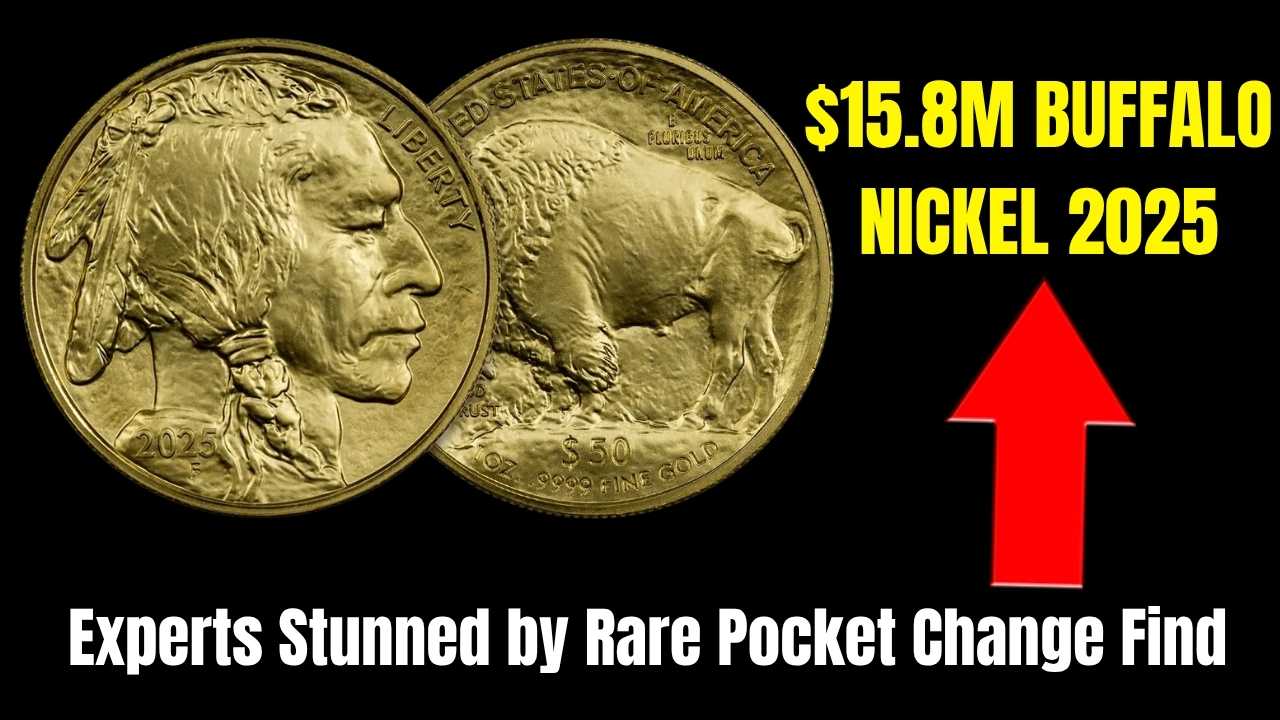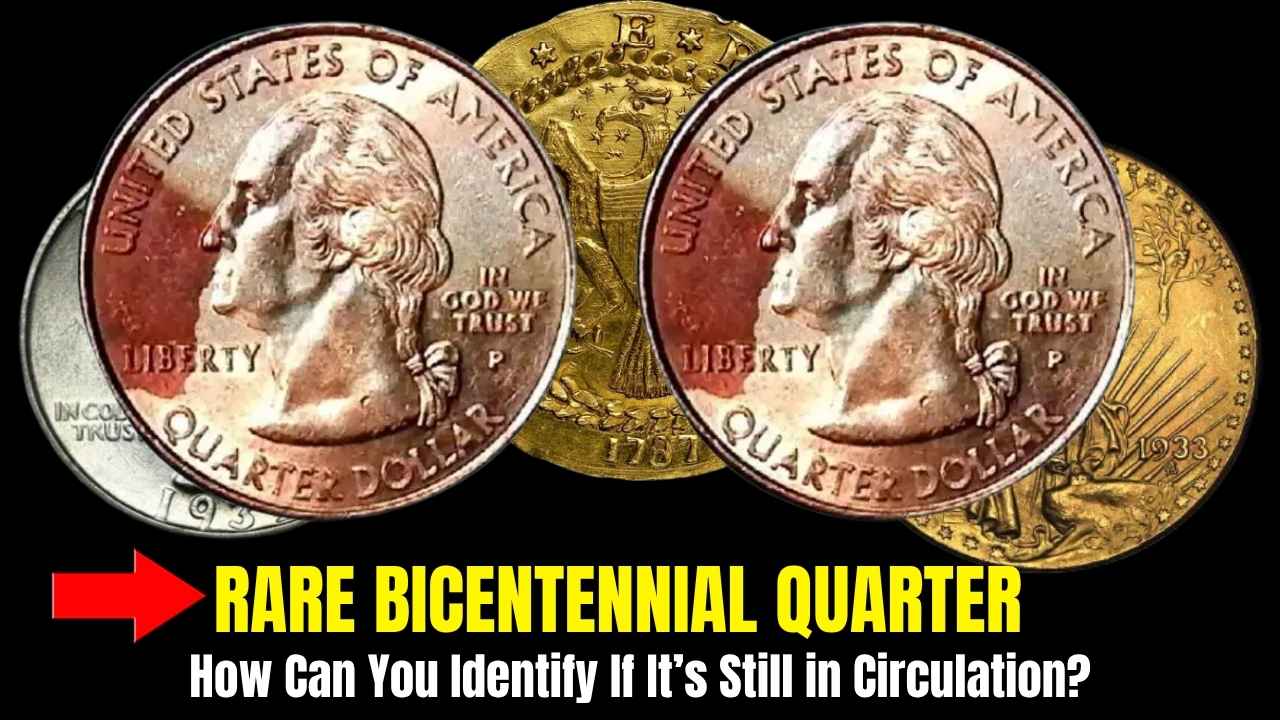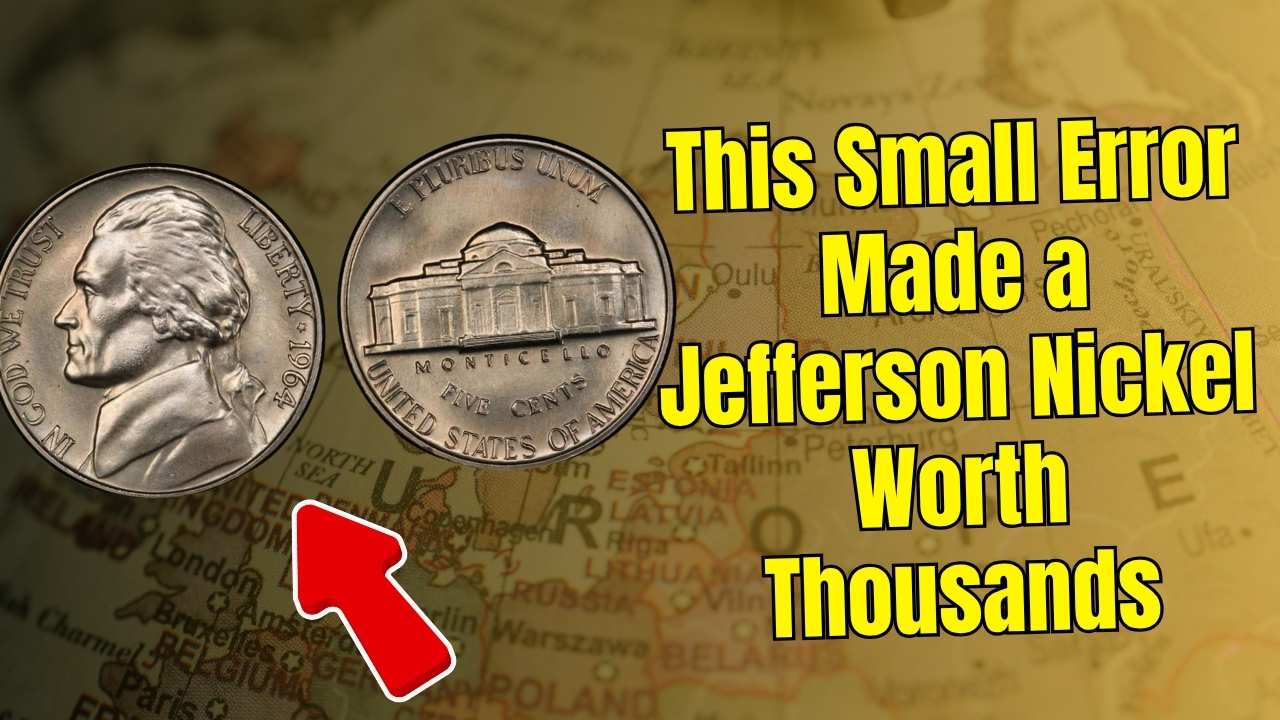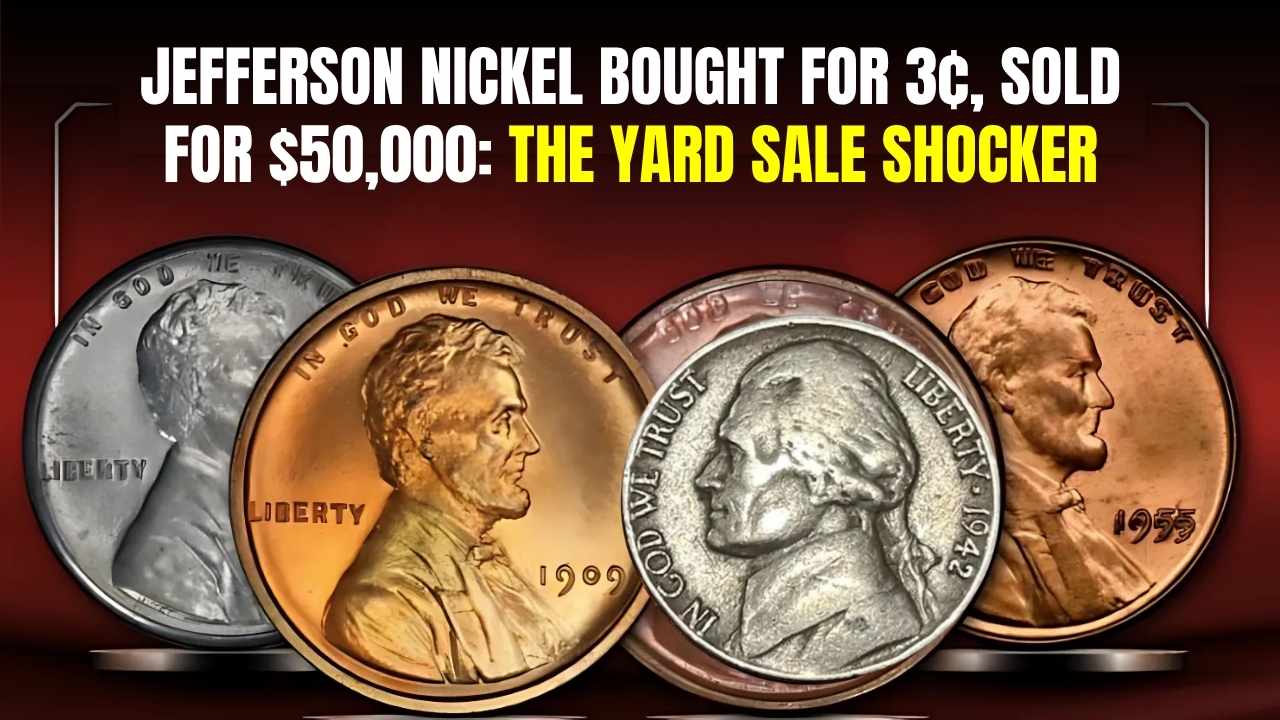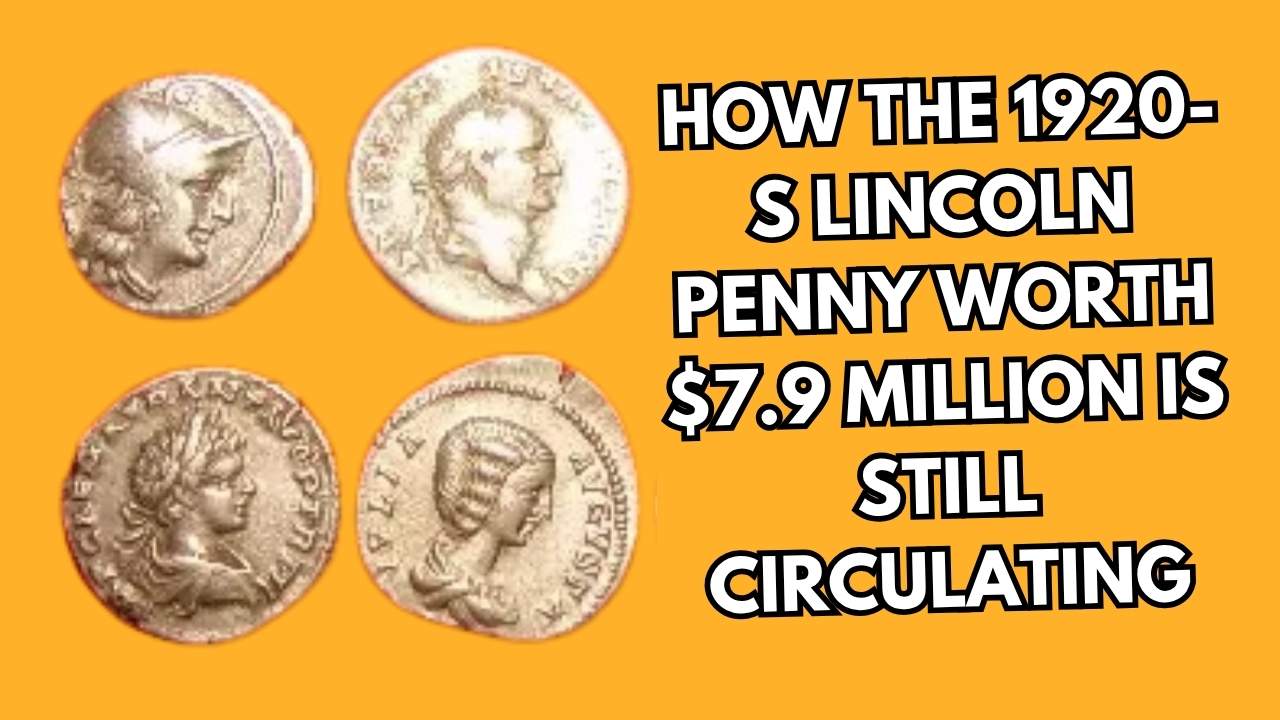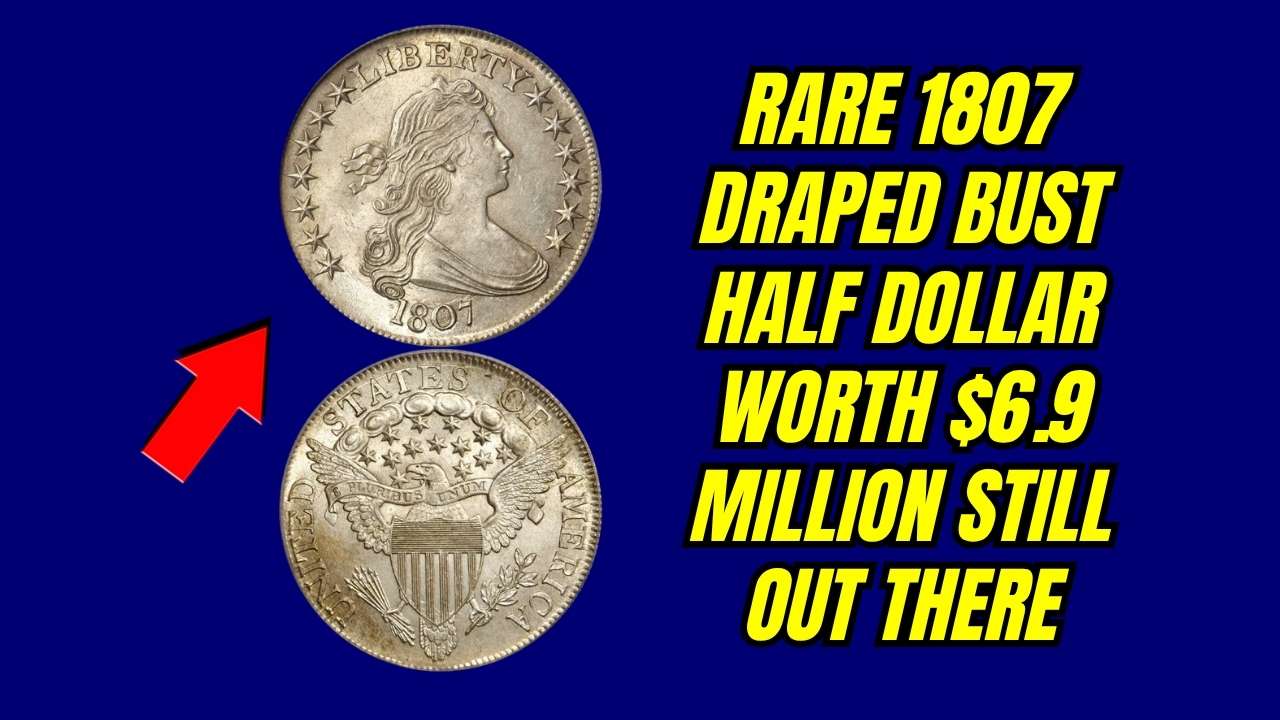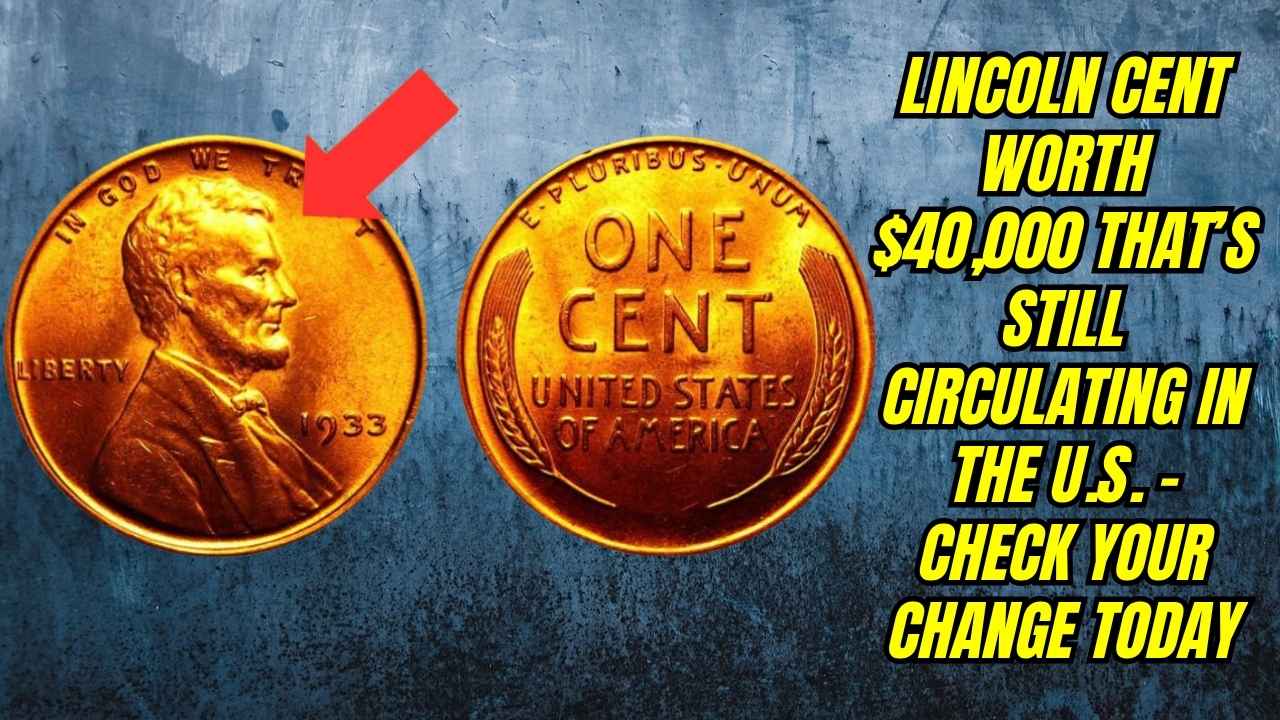The Lincoln Wheat Penny is more than just a coin; it’s a historical treasure that has fascinated collectors and enthusiasts for over a century. Known for its distinctive design featuring Abraham Lincoln’s portrait and two wheat stalks, this penny symbolizes a crucial chapter in American history. But what truly sets it apart is its potential value. Some rare editions of the Lincoln Wheat Penny are estimated to be worth an eye-popping $138 million, making them one of the most valuable coins in existence.
In this article, we’ll dive deep into the story of the Lincoln Wheat Penny, exploring its history, the reasons behind its extraordinary value, and whether there’s still a chance you might stumble upon one of these hidden gems in your pocket change.
Overview of the Lincoln Wheat Penny
| Attribute | Details |
| Introduced Year | 1909 |
| Designer | Victor David Brenner |
| Material | 95% Copper, 5% Tin and Zinc |
| Historical Significance | Celebrates Abraham Lincoln’s 100th Birthday |
| Rare Editions | 1909-S VDB, 1943 Copper Penny |
| Maximum Estimated Value | $138 Million |
| Circulation Status | Rare, but occasionally found |
The History of the Lincoln Wheat Penny
The Lincoln Wheat Penny made its debut in 1909 as part of a commemorative effort to celebrate President Abraham Lincoln’s 100th birthday. Designed by Victor David Brenner, the coin became the first U.S. currency to feature an actual person’s portrait. On one side, Lincoln’s face proudly sits, while the reverse side displays two wheat stalks symbolizing agricultural prosperity and strength.
Initially minted from 95% copper, the Lincoln Wheat Penny remained in production until 1958, when it was replaced by the Lincoln Memorial Penny. Despite being out of production for decades, it remains one of the most beloved coins among collectors due to its historical importance and unique design.
Why Are Some Lincoln Wheat Pennies So Valuable?
1. Rarity
One of the key factors behind the Lincoln Wheat Penny’s value is its rarity. Certain editions, like the 1909-S VDB Penny and the 1943 Copper Penny, were minted in limited numbers. For example, the 1943 Copper Penny was accidentally struck in copper instead of steel during World War II, making it one of the rarest coins in U.S. history.
2. Historical Significance
Beyond rarity, the Lincoln Wheat Penny holds immense historical value. It not only honors one of the most respected U.S. presidents but also reflects an era of economic transformation and national resilience. Its design captures America’s agricultural heritage, adding sentimental value for collectors.
3. Condition
A coin’s condition significantly impacts its value. Lincoln Wheat Pennies in near-perfect or “mint” condition can fetch astronomically high prices. Grading systems like the MS-65 scale (on a scale from 1 to 70) are used to assess the coin’s preservation.
The $138 Million Lincoln Wheat Penny: Reality or Hype?
The jaw-dropping $138 million valuation of a Lincoln Wheat Penny stems from the legendary 1943 Copper Penny. During World War II, the U.S. Mint transitioned to steel pennies to save copper for war supplies. However, a small number of copper blanks accidentally made their way into production, resulting in the creation of these incredibly rare coins.
One such 1943 Copper Penny was sold at auction for $1.7 million in 2012. Experts now estimate that a flawless specimen of this coin could potentially fetch up to $138 million in today’s collector market.
While the number seems almost unbelievable, its rarity, combined with the growing interest in numismatics, justifies the possibility of such a valuation.
Are Lincoln Wheat Pennies Still in Circulation?
Believe it or not, Lincoln Wheat Pennies can still be found in circulation today. Although they stopped being minted in 1958, millions of them remain scattered across the country. They are often discovered in old coin jars, estate sales, or rolls of pennies from banks.
For collectors, the thrill of finding a Lincoln Wheat Penny in circulation is like uncovering hidden treasure. While most of these coins might only be worth a few cents, a rare variety like the 1943 Copper Penny or the 1909-S VDB Penny could turn an ordinary day into a life-changing moment.
Top 2 Most Valuable Lincoln Wheat Pennies
- 1943 Copper Penny: Known as one of the rarest minting errors in U.S. history, its scarcity and historical background make it extremely valuable. In perfect condition, it’s estimated to be worth $138 million.
- 1909-S VDB Penny: This coin features the designer’s initials (VDB) and was minted in limited numbers. It remains a top collector’s item and can fetch tens of thousands of dollars in mint condition.
How to Identify a Rare Lincoln Wheat Penny
To spot a valuable Lincoln Wheat Penny, follow these simple steps:
- Look for key dates like 1909-S VDB or 1943 Copper Penny.
- Examine the mint mark (e.g., “S” for San Francisco, “D” for Denver).
- Inspect the coin’s condition; mint-condition coins are more valuable.
- Use a magnifying glass for close inspection.
If you suspect you’ve found a valuable coin, consult a professional coin appraiser for an accurate valuation.
FAQs About Lincoln Wheat Penny
1. What is the rarest Lincoln Wheat Penny?
The 1943 Copper Penny is considered the rarest due to its accidental minting during WWII.
2. How do I know if my Lincoln Wheat Penny is valuable?
Check the date, mint mark, and condition of the coin. Rare varieties are typically well-documented online.
3. Can I still find Lincoln Wheat Pennies in circulation?
Yes, although rare, they occasionally appear in circulation, especially in old penny rolls.
4. Are Lincoln Wheat Pennies worth collecting?
Absolutely! They are a valuable addition to any coin collection due to their historical significance and potential value.
5. Where can I sell a rare Lincoln Wheat Penny?
You can sell them through auction houses, online marketplaces, or reputable coin dealers.
Final Thoughts
The Lincoln Wheat Penny is far more than just small change—it’s a piece of history, a collector’s dream, and potentially a multimillion-dollar treasure. With a story rooted in American heritage and coins still hiding in circulation, the excitement of discovering one remains alive.
Next time you find a penny, take a closer look. You might just be holding a Lincoln Wheat Penny worth a fortune!
Have you ever found an interesting coin in your change? Share your discovery in the comments below!


